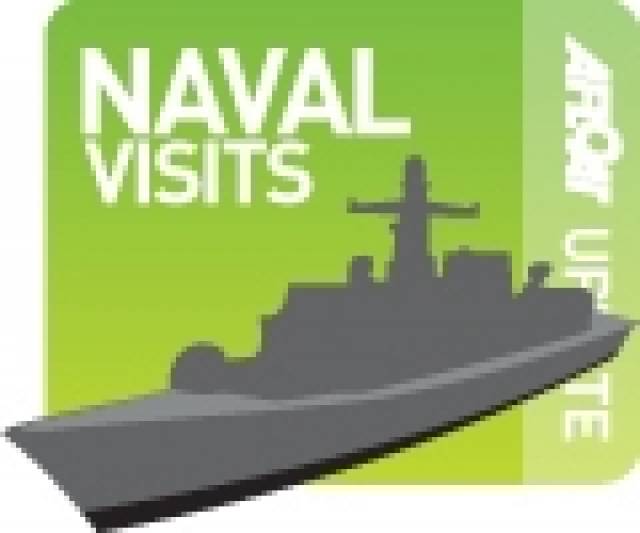#LandingDockShip- HNLMS Johan de Witt (L801) an imposing yet impressive amphibious transport ship and HNLMS Amsterdam (A386) an auxiliary oil replenishment tanker of the Royal Netherlands Navy are to call to Dublin Port tomorrow, writes Jehan Ashmore.
HNLMS Johan de Witt is one of two such vessels also known as Landing Platform Docks (LPD) in the Dutch Navy and she is an enhanced verion of leadship class nameship HNLMS Rotterdam (L800) which has visited the capital before. The LPD half-sisters play an integral role in supporting ships in amphibious operations.
Earlier this month both the Dublin bound vessels formed part of a flotilla involved in exercises in the Irish Sea as they proceeded northbound.
HNLMS Johan de Witt is ten metres longer at 166m of 'Rotterdam' and can handle between 6-8 landing craft and is 16,500 tonnes. She will berth at Ocean Pier berth due to her 6m draft and likewise the 17,040dwt auxiliary oil replenishent (AOR) at sea vessel, HNLMS Amsterdam which has a larger draft of 8m. She is equipped with weapons systems and has a helideck and hanger for such aircraft.
The weapons systems of HNLMS Johan de Witt are .50 mm machine guns, 2 x Goalkeeper 30 mm and helicopters of 6 Lynx, NH-90, Chinook or Sea King helicopters. She can embark 600 units compared to her sister with that of 555 units.
The LPD can cater for either Landing Craft Vehicle and Personnel (LCVP) or Landing Craft Utility (LCU). In addition she can transport almost any type of vehicle. As well to carrying 32 Leopard 2 tanks and approximately 90 YPR armoured tracked vehicles and Patriot air-defence systems.
She is designed to be self-sufficient for at least a month and this involves supplies on board for a complete marine battalion and the ship's company. They are equipped with operating tables, intensive-care beds, treatment rooms and an emergency hospital for 100 patients.
































































